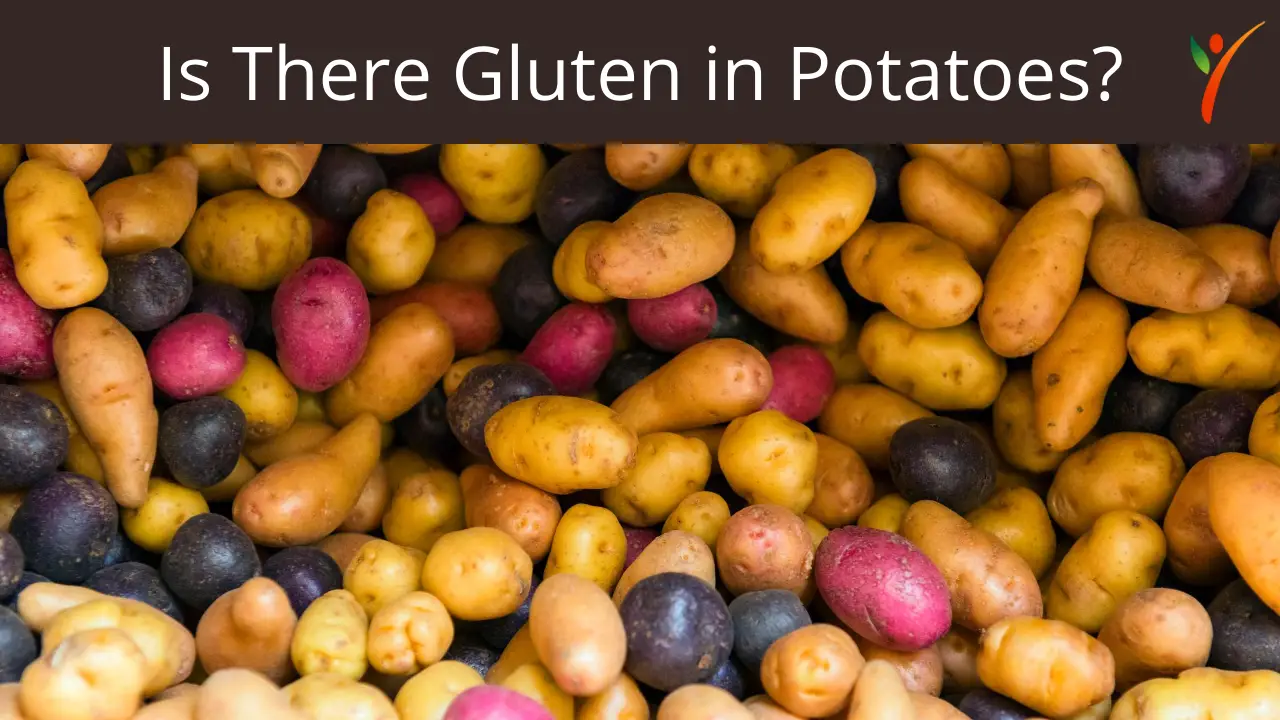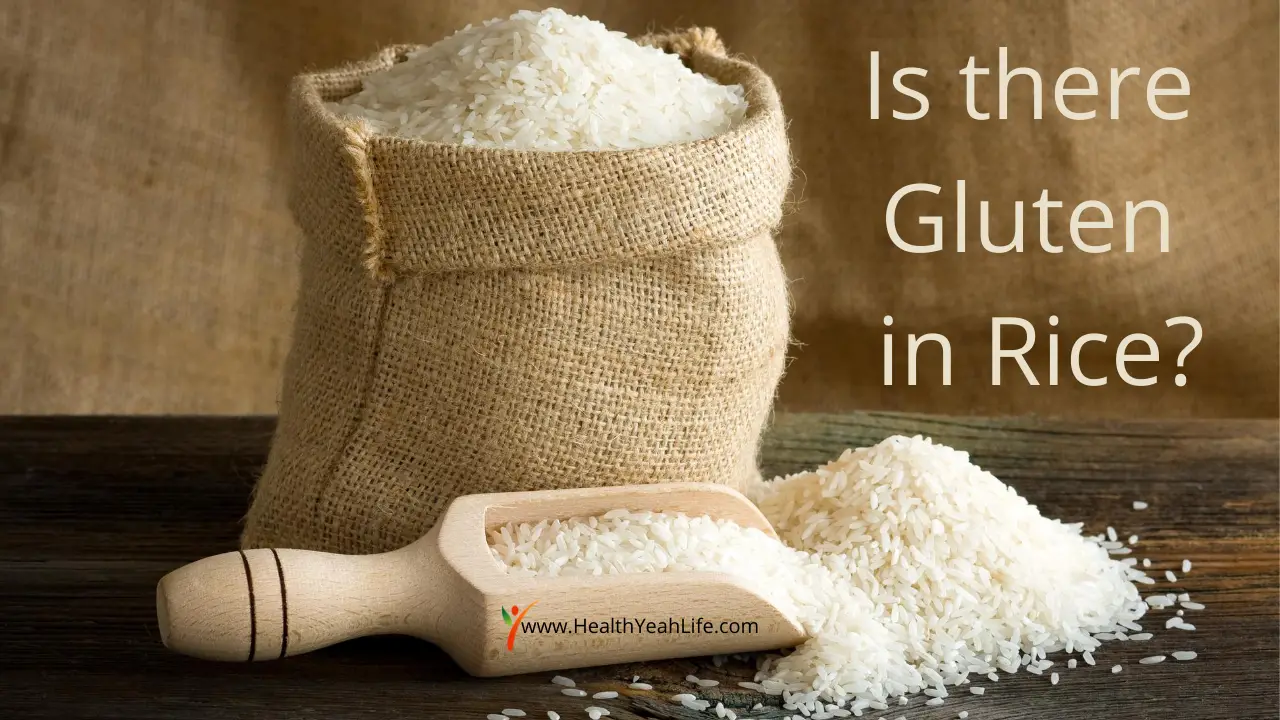Pass that ketchup for the fries, will you? People all across the world have used condiments in their food for centuries. You’ll find one form or another of condiments being used in food anywhere you go. They can make any simple dish stand out with a dash of seasoning, sauce, or dressing. The question is, can you eat condiments on a gluten-free diet? Here’s everything you’ll need to know.
What Are Condiments?
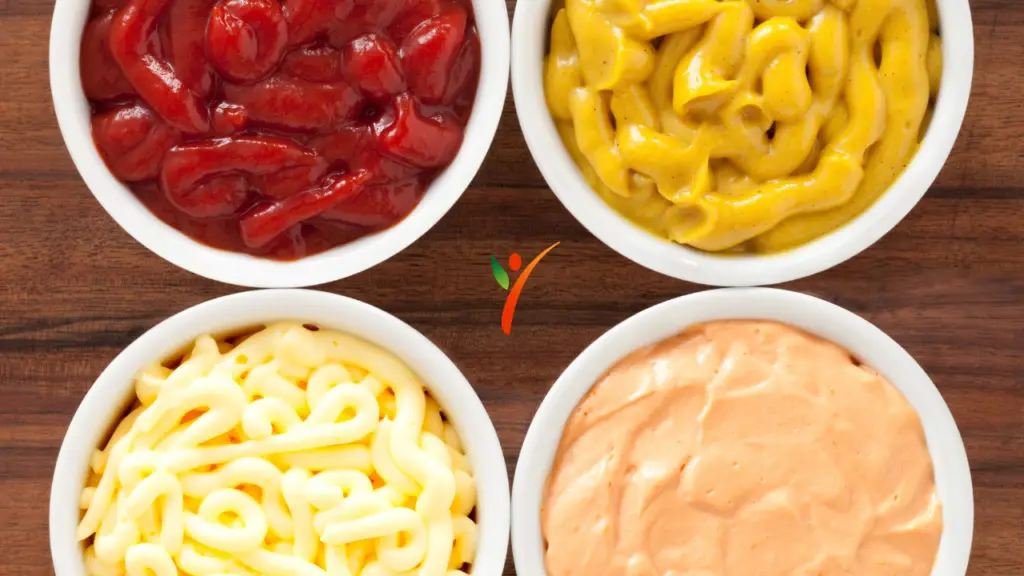
With its definition not being entirely definitive, condiments can be narrowed down to an additional taste-enhancer in food. They can be added either during or after preparing it, to enhance the taste, flavor, or texture. People who smoke lose their sense of taste and rely on condiments to add taste and give their food flavor. They are served separately and can also be used to preserve food. “Condiments” was initially coined, with its two roots, condimentum, and condire, meaning “spice, seasoning” and “preserve, or pickle,” respectively. Condiments have extensive usage in the United States.
In 2010, according to a report, the US made 5.6 billion dollars from the condiment market. That report concluded that by 2015, this number would rise to an estimated 7 billion dollars, making it the second-largest market in specialty foods, falling behind cheese. There are various types of condiments, from ketchup to mayonnaise and mustard to ranch.
For instance, horseradish goes well with steak and in a bloody mary. Fish sauce is the secret ingredient required to make the best burgers in the world. Chinese food can never be the same without Hoisin sauce by your side. There's a lot at “steak” while making a barbecue sauce. Vinegar can work wonders on fish, fries, meat, and even a soup necessity. Salsa and ketchup go with the same dishes, but salsa is tastier and healthier. And of course, salt is the king of condiments. Even other condiments were salty regarding this decision.
Is There Gluten in Condiments?
People who have celiac disease or other gluten-related sensitivities need to stay as far away from gluten-containing items as possible. It's entirely relevant to be paranoid and check every dish for gluten before indulging in it. Quite frequently, it's obvious to distinguish which food would contain gluten. However, many gluten-containing items sit on the kitchen shelf without you knowing, and many of these are condiments. But don't worry because we've got you covered.
The following condiments aren't gluten-free.
Soy Sauce:
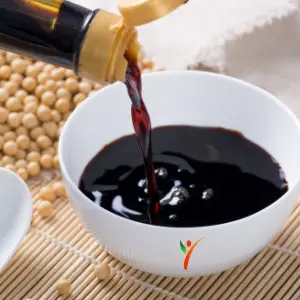
Since it is made from wheat, soy sauce is usually not gluten-free. There are certain brands and companies which produce gluten-free soy sauce. Moreover, substituting wheat with rice can also be used to accommodate gluten-sensitive customers.
Worcestershire Sauce:

Pronouncing this condiment's name isn't the only hard thing about it. Ensuring whether the particular bottle you bought is gluten-free is harder. Most varieties and company products have barley malt vinegar and thus are not gluten-free. However, exploring is the key; look for gluten-free Worcester sauces, and you don't need to worry.
Barbecue Sauce:
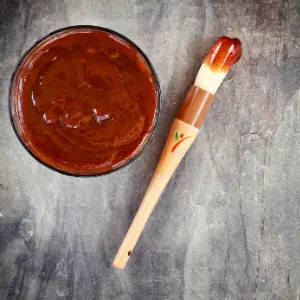
The best way of flavoring any meal on the grill is by using this condiment. On the other hand, barbecue sauces on the market consist of vinegar derived from barley malt flour. Therefore, many brands even add soy sauce or bourbon. For instance, barbecue sauces containing smoke flavoring usually consist of barley malt flour. Look for certified gluten-free sauces, or check the labels for any gluten-containing ingredients.
You can also make your own homemade gluten-free barbecue sauce.
Recipe for homemade gluten-free barbecue sauce:
Ingredients:
- 1/2 cup ketchup (gluten-free)
- 1/4 cup water
- 1/2 cup tomato sauce
- 1/4 cup gluten-free Worcestershire sauce
- 1/2 cup apple cider vinegar
- 1/2 cup pineapple juice
- 1 medium onion (chopped)
- 1/2 cup brown sugar
- 1/4 teaspoon celery powder
- 1/2 teaspoon paprika
Directions:
- Take a medium-sized, heavy saucepan and put all the ingredients in it.
- Boil and let it simmer for almost 10 minutes
- Cool and refrigerate
What Are The Two Most Famous Condiments?
Two sauces take the upper-most positions in the condiment region; ketchup and mayonnaise. These two are known for their spectacular taste to make any dish stand out with a burst of flavor. On the other hand, they're also used to make dozens of different sauces and dressings! Here's what you need to know about these two renowned condiments:

Ketchup:
The majority of people will reject a serving of fries if ketchup is missing. This mixture of tomatoes, sweetener, salt, vinegar, spices, onion, flavorings, and garlic was originally called catsup. Although it was renamed to “ketchup” by H.J. Heinz Company and the whole world followed their lead. Not only is this condiment used in its unmodified form, in which it is called “tomato ketchup,” but it can also be used to make other various condiments. Add chili and garlic to make chili garlic sauce.
Similarly, pizza sauce, pasta sauce, cherry pepper, Noblesse Oblige, and many others have ketchup in vast proportions. Even though you’ll find Barbecue Sauce on the same aisle as ketchup, you can make your own with ketchup. For instance, you will always see a cocktail sauce on a table on which seafood is being served. The Waldorf-Astoria Hotel manager, Mr. George C. Boldt, gave the world a gift for which he will never be forgotten; the Thousand Island Sauce. It adds an extra oomph to Rueben sandwiches and salad. With a cup of ketchup and the right ingredients, you can make the mouth-watering Red Rémoulade. However, different variations are served with french fries or beef sandwiches in Europe. The Red Rémoulade is a famous sauce to serve along with seafood.
Benefits of Ketchup:
Prostate Cancer:
According to a 47,000 Americans study, the risk of prostate cancer is reduced by 20% if tomato sauce is consumed twice a week. It is suggested that the antioxidant lycopene helped in decreasing the risk.
Sperm Count:
Lycopene is also involved in dealing with male infertility. The antioxidant boosts the sperm count and increases it by 70%, reducing the number of abnormal sperm and increasing motility.
Eyesight and Immune System:
Ketchup contains higher amounts of vitamin A, the main vitamin that helps improve the eyesight, enhances vision, and boosts the immune system.
Cholesterol:
The volunteer's cholesterol levels in the research in 2007 dropped by 60% when they started taking their three daily meals with ketchup for six weeks.
Always on the search for weird benefits of something? Ketchup maintains that territory. It helps in shining your copper and silverware, cars and alloys, and the recipe for this cleaning mixture provided by House Cleaning Central. In addition, ketchup can help correct the green highlights in your bleached hair. Surprisingly, ketchup can get rid of the smell of skunks and foxes from clothes by coating the garment with ketchup and letting it stand for half an hour or so and then washing the ketchup.
Mayonnaise:
This creamy white condiment is used to make all kinds of food such as burgers, sandwiches, dips, salad, wraps, and mashed potatoes. Additionally, you can even add it to your breakfast in omelets if you're into it. Use tofu, lemon, oil, vinegar, salt, and dijon to make your vegan mayo within 2 minutes. A variety of oils such as olive oil are used for making vegan mayonnaise to substitute eggs.
In other words, Mayonnaise can also be used as a base substance to create other sauces, such as salsa golf, rémoulade, tartar sauce, and rouille. Thanks to mayonnaise, you can now get Mustard and BBQ Aioli and Mock Hollandaise Sauce. Roasted Slap Fries aren't the same without the Srirachannaise Sauce. Blue Cheese Dressing is a trendy salad dressing and dip made by combining blue cheese and mayonnaise. There's even a sauce for french fries precisely and is called “Fry Sauce.” It is prepared by using mayonnaise, ketchup, salt, pepper, and vinegar. It also goes with onion rings and burgers and is the easiest to make. What makes the best mayonnaise is both the taste and the texture of this condiment. The flavor is both creamy and tart, and the texture is not too dense or runny.
Benefits of Mayonnaise:
Heart Health:
Mayonnaise contains various products that boost the heart's functioning. For instance, vitamin E in mayonnaise helps prevent strokes, and the omega-3 is good for heart health and prevents a sudden heart attack.
High Fat:
High-fat content has its uses as well. It helps in absorbing the fat-soluble vitamins A, D, E, and K.
Vitamins and Minerals:
Mayonnaise is rich in Vitamin E and K, and also has high potassium, selenium, and sodium levels. Potassium helps with bone strength and body metabolism, and selenium delays the aging process and boosts the immune system.
Hair strength and Shine:
When mayonnaise is used as a hair mask, it strengthens your hair from root to tip and makes it shine. The protein from eggs provides strength, and the oil helps with moisturization. The longer this mayo mask is left on, the better the result.

In Conclusion:
Above all, going on a gluten-free diet doesn’t mean you’ve to miss out on food that satisfies your taste buds. As far as condiments go, you can find those that naturally do not contain gluten, such as ketchup and mustard. If you’re a condiments fan, for condiments containing gluten, look for available gluten-free options. There is no need to leave your scrumptious dishes free of condiments, however, be cautious, and read the labels to ensure you do not purchase gluten-containing condiments. Or, better yet, make your own.
Live Extraordinarily!

The owner of this website, HealthYeahLife.com, is a participant in the Amazon Services LLC Associates Program, an affiliate advertising program designed to provide a means for sites to earn advertising fees by advertising and linking HealthYeahLife.com Review to Amazon properties including, but not limited to, amazon.com.


